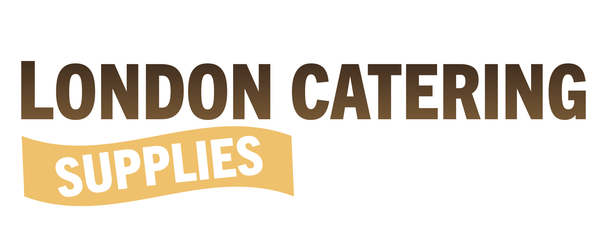
To stay at pace with the changing needs of the consumer market and environment, it is important for a modern retail company to be aware of the latest developments in both production and sales. Likewise, most food packaging companies in the UK have taken to using lightweight food packaging to adapt to new standards of consumer safety, convenience and customer preferences and their own increased sensitivity to the environment. Lightweight packaging is a sound promise to the cause of sustainability.
Why is Lightweight Food Packaging relevant? Although lightweight food packaging companies in the UK offer an easy “lightweight” answer to packaging, is it efficient? The “Packaging Efficiency” model devised by PwC says yes.
Replacing Traditional Packing Material With Lightweight Food Packaging
There is a wide variety of lightweight packaging available for storing and transporting preserved food as well as fresh food, beverages and grocery. Some of these materials include Aluminium, Paper, Mono material packaging and Biopolymers. All these differ in their modes of manufacture or level of availability. For reducing the weight of the package, the correct material to use depends on several factors, including mode of transport, kind of product to be stored and temperature. For instance, paper packaging is easy to reheat and reshape.
Enhancing the Product Display With Lightweight Packaging
Apart from increasing the shelf life of a product, the packaging also plays an important role in attracting customers. A shabby or lousy package can undersell a company’s product, therefore, it is important to make the cover look appealing, informative and easy to handle. Most catering businesses and coffee shop food suppliers are naturally making it a top priority to beautify their product packaging. In fact, paper bags, foiled lined bags, biodegradable cups and lids or cardboard carry trays are easier to reshape and enhance. For instance, printed Kraft bags appeal more than a standard metal box.
Taking to Lighter Food Packaging for Saving Costs
For e-commerce catering companies, there is more than just the basic product packaging that needs to be taken into account. Long distance transportation also needs effective cushioning of the products, especially when they are fragile. Lightweight air pillows can be used for the same, apart from foam peanut and bubble wrap. These not only reduce the Dimensional Weight but cut down on costs of transportation.
Conforming the Kind of Lightweight Packaging to Suit the Product
Wholesale soft drinks suppliers in the UK are rapidly taking to lightweight packaging methods to reduce their costs and lower carbon footprint. For instance, storing a moist food product can prove to be a challenge, because the paper is moisture-sensitive. This can, however, be improved by combining the paper or cardboard with other materials like paraffin or plastic coat. Another solution can be aluminium packaging which not only protects its contents from external contamination but is also flexible and efficient.
Keeping in Mind the Flexibility of Lightweight Packages
For most food production houses and online caterers, flexible lightweight packages are becoming a favourite. Syrups and ketchup can easily be poured into pliable, spouted pouches. However, use of such packaging materials should be done carefully- for instance, flimsy PET bottles and pouches can negatively affect customer interest. Canada dry ginger ale UK comes in adaptable cans or tetra packs. Lightweight flexible packages include cling wraps, bags, shrink wraps, squeezable tubes, stand-up packets and vacuum bags. They are a boon for the consumers due to easy portability.
Using Lightweight Food Packaging as a Good Turn to the Environment
Traditionally, single-use plastic, metal and steel foils formed a major part of the packaging system. Apart from adding to capital cost of manufacturing, they harm the environment and generate a lot of non-biodegradable waste. Therefore, most food packaging companies in the UK are shifting to paper and pulp lightweight packaging as an alternative. On the other hand, biopolymers are taking down petroleum-based polymers due to their biodegradability and lower costs. They are particularly useful in storing pharmaceuticals. Mono-material packaging can be effectively reused.
Lightweight food packaging tends to use suitable resources for manufacture, have an ability to protect the product, are easy to transport, have an eye-catching cover and are finally, more environment-friendly than traditional package plastic. So, don’t worry about switching your company’s product package.

